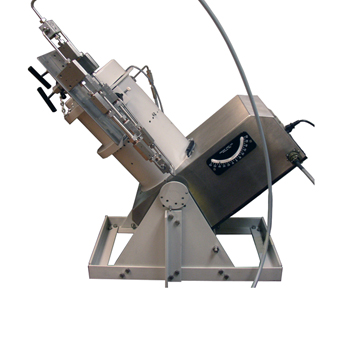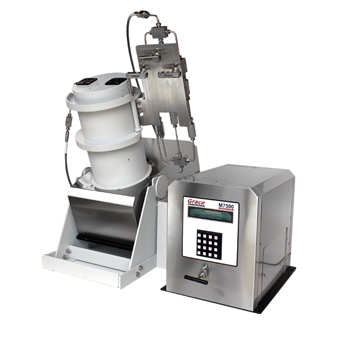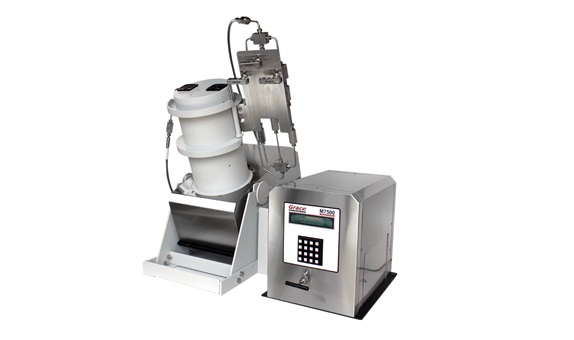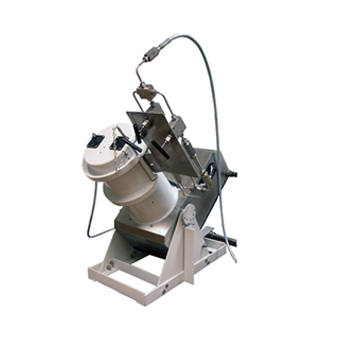|
Data Integrity
Control Parameters |
|
Sample Extraction
Small amounts of the sample are taken from a defined collection site within the testing cell while maintaining temperature, pressure, and shear conditions. This method of sample extraction produces repeatable results.
Sample Characterization
The density and composition of the extracted sag samples can be measured. Other qualitative and quantitative analysis can also be performed.
Example of M8500 Sagging Test Results:
| Table 1: M8500 Dynamic Sagging Tester Results for 11.00 lb/gal, oil-based fluid with API Barite weight material | ||
| Initial Mud Density | lb/gal | 11.00 |
| Borehole Angle | degrees | 80 |
| Temperature | oF | 300 |
| Pressure | psi | 20,000 |
| RPM | rpm | 100 |
| Annulus | inch | 0.375 |
| Shear Rate | S-1 | 33.71 |
| Sag Density after 1 hour | lb/gal | 13.14 |
| Density Difference | lb/gal | 2.14 |
| Relative Density Increase | % | 19.45 |
The M7500 Ultra HPHT Rheometer:


The Grace Instrument M8500 is based on the hardware platform of the Grace Instrument M7500 Ultra HPHT Rheometer.
The patented M7500 Ultra HPHT Rheometer is capable of testing fluid viscosity under conditions of temperature and pressure ranging from atmospheric to 30,000 psi and from 20 °F (with chiller) to 600 °F.
More M7500 add-on modules:
M7500 add-on modules provide powerful new functionality at a lower cost than competing, stand-alone instruments, while maintaining a single instrument footprint and merging seamlessly with your existing software training.
More specifications and other information can be found on our M7500 Ultra HPHT Rheometer page.
M8500 Specifications
|
|
|
|
|
|
|
|
|
|
|
|
|
|
|
|
|
|
|
|
|
|
|
|
|
|
|
|


